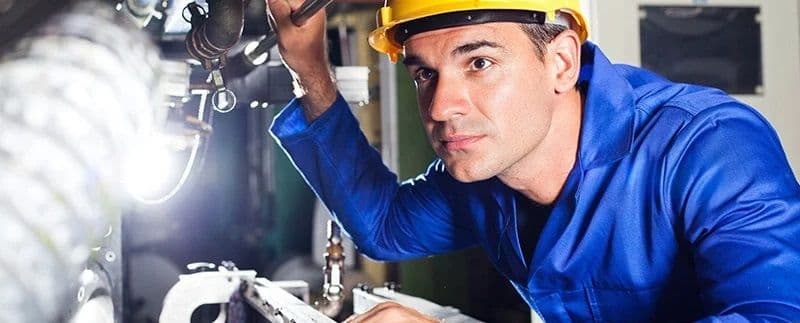Protecting Employee Hearing & Preserve Situational Awareness

When you think about hearing loss, you probably don’t think you’re in much danger at your job. But for people who work in manufacturing, construction, agriculture, the military and even the entertainment business, there is a huge risk to their hearing every day.
Loud noises from machines, firearms, and accidents can do significant damage to their ears if not properly protected. This exposure to high-noise environments can lead to noise-induced hearing loss, an ailment that affects about 40 million adults in the United States. According to the National Institute of Deafness and Other Communication Disorders (NIDCD), prolonged exposure to sounds louder than 85 dB can lead to noise-induced hearing loss.
Know the facts
According to OSHA, twenty-two million workers are exposed to potentially damaging noise at work each year. And, while there is no way to know exactly how many people suffer from profound hearing loss due to noise in the workplace, we do know that about $242 million is spent each year for workman’s compensation related to it.
To ensure your employees have the proper hearing protection in high-noise environments, we recommend you do some careful research. OSHA requires hearing protection to be used in environments with sound levels at 85 dB or higher. Know your noise level, and know what is needed to provide a safe work environment for your employees.
Average decibel ratings for some familiar workplace/military sounds are as follows:
- Mixer – 85 dB
- Semi-Truck Engine – 90 dB
- Power Drill – 95 dB
- Factory Machinery – 105 dB
- Chainsaw – 110 dB
- Jackhammer – 120 dB
- Sirens – 120 dB
- Jet Engines – 140 dB
- Firecrackers and firearms – 150 dB
Once you have this information, communicate with your employees so they understand the risks and warning signs of hearing loss. These include ringing or humming in your ears, temporary hearing loss after a day of work, and yelling at others in close proximity without realizing it.
Providing the right protection
The two most popular choices for hearing protection are earplugs and ear muffs. Standard earplugs are fairly inexpensive and disposable, which makes them a popular choice. There are also new, enhanced models that mold more closely to the shape of the ear canal to create a better seal. However, while earplugs prevent dangerous noise levels from penetrating the ears, situational awareness is significantly reduced.
Ear muffs are a good option for those who are exposed to dangerous noise levels every day. They fit snug over the ears and can be adjusted for individual users. The downside with these is the same as with earplugs; they block noise but also reduce situational awareness. While wearing them, the user may not be able to communicate easily with other employees or hear warning signals.
New technology
Electronic earplugs and muffs, though more expensive, represent the next level of hearing protection. They use the latest noise suppression technology to reduce what you don’t want to hear and amplify what you do. Electronic earplugs can be custom fit or universal and are able to connect with other communication devices like Bluetooth, radios and smartphones. By connecting with these devices, the user is able to communicate with others safely, while hearing remains protected.
Proper selection of hearing protection will reduce the risk of noise-induced hearing loss and allow employee to be more productive in the workplace. But regardless of what type of hearing protection you choose for yourself or your employees, the most important thing to remember is to stay alert, be safe and always be aware of your surroundings.
Improve your hearing conservation program with the RA660
Once you provide your employees with the protection they need, without sacrificing situational awareness, you need an audiometer that can test how effective the protection is. The Tremetrics RA660 allows you to test the hearing of up to eight employees at once, vastly increasing the efficiency of your hearing conservation program. Additionally, it allows you to store and recall test data digitally, alleviating you of the cumbersome process of physically storing results and shuffling through folders to find them.
Most importantly, the RA660 comes with an optional octave band monitor that constantly analyzes the ambient conditions of your environment. This ensures your hearing conservation program is always in full compliance with OSHA and ASNI standards. Click the button below to request a quote on this instrument today!
